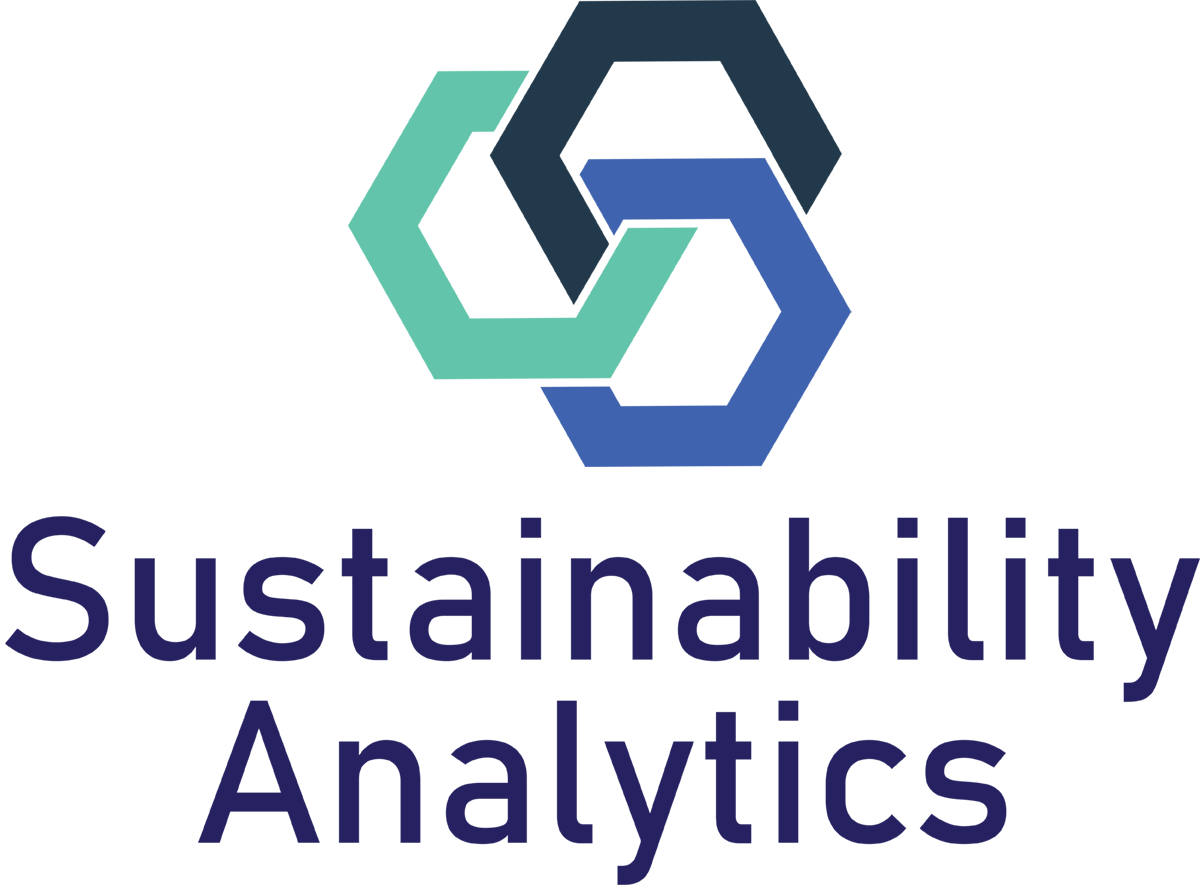Marine pollution is a critical and complex environmental challenge. Litter originates from multiple sources, comprises various materials, and may spread widely across economic and jurisdictional boundaries. Of particular concern is the accumulation of plastics in the environment, which may cause harmful impacts on ecosystems and human health over extended periods. Establishing effective litter regulation and management practices has proven difficult, partially because information about the extent, origins and composition of waste is unavailable.
PlastOPol Marine Litter Management Toolbox
Through our PlastOPol and DatSam projects, we are developing and testing tools and processes to empower stakeholders in co-creating clean coasts. The PlastOPol Marine Litter Management Toolbox consist of several prototype web and mobile applications to support stakeholders in litter prevention, mitigation and management activities. Prototypes are shared with users to permit rapid assessment of tool architecture, functionalities, and interface. Learn more about our tools below.
Data Collection
Mobile apps for IoS and Android devices have been developed to support litter registration and classification. Image recognition is used to improve speed and precision in recording marine litter data.

Map visualization
The marine litter hot spot map permits spatiotemporal visualization of marine litter data. The prototype shows litter distribution and composition in the Ålesund region in Norway in the period 2013-2021.
Data visualization
The interactive data visualization tool, built in Power BI, permits users to explore marine pollution data for Norway using multiple spatial and aspatial visualization formats.








